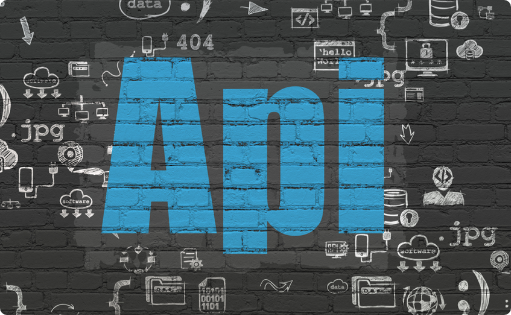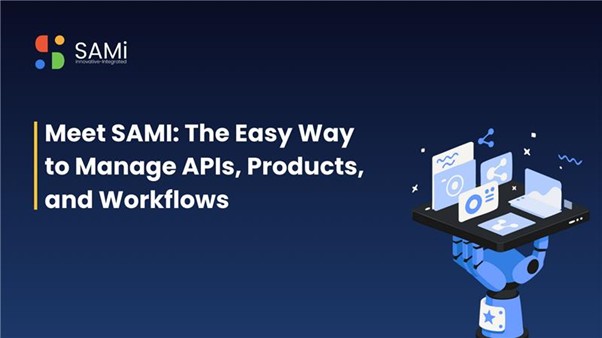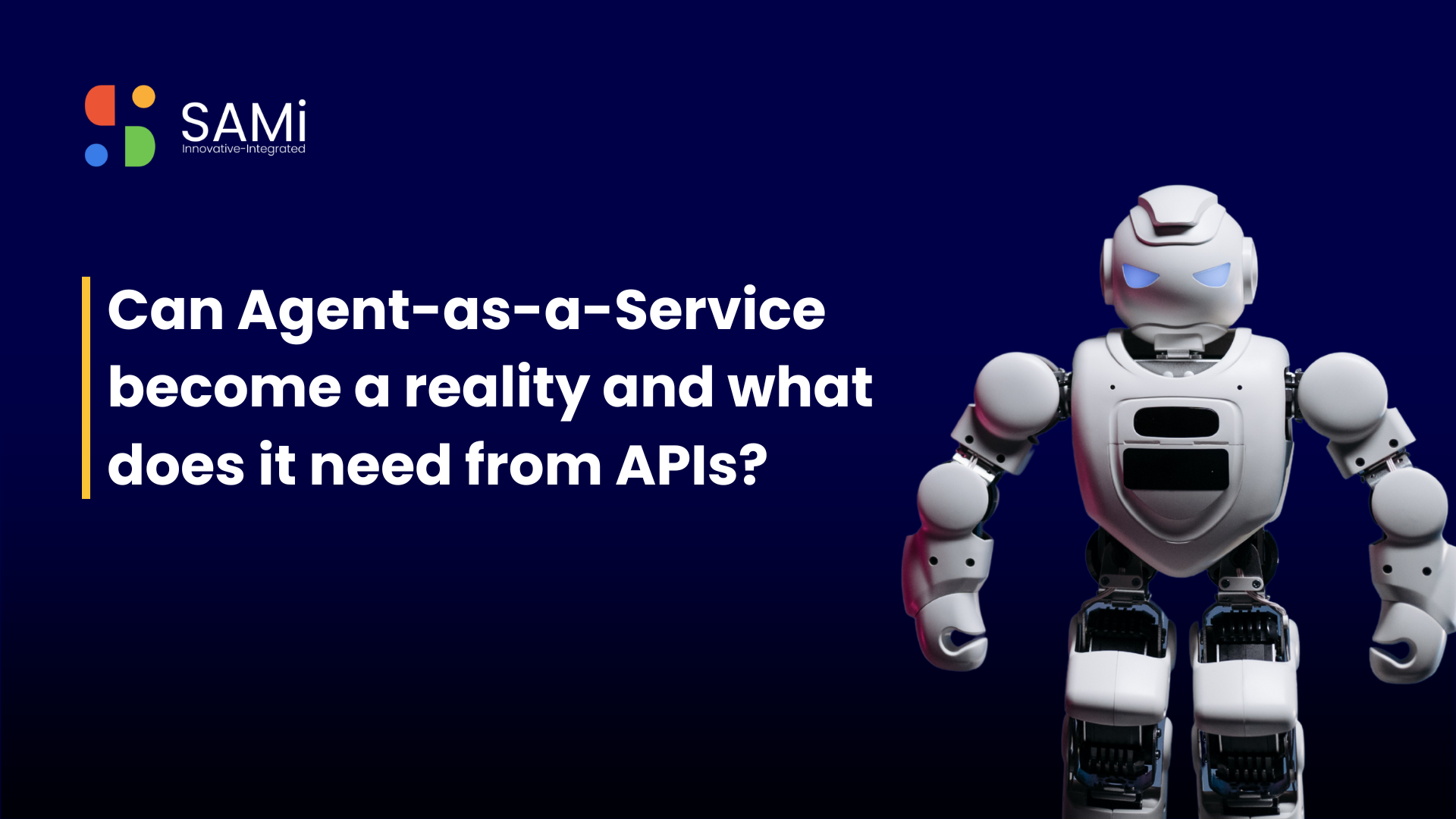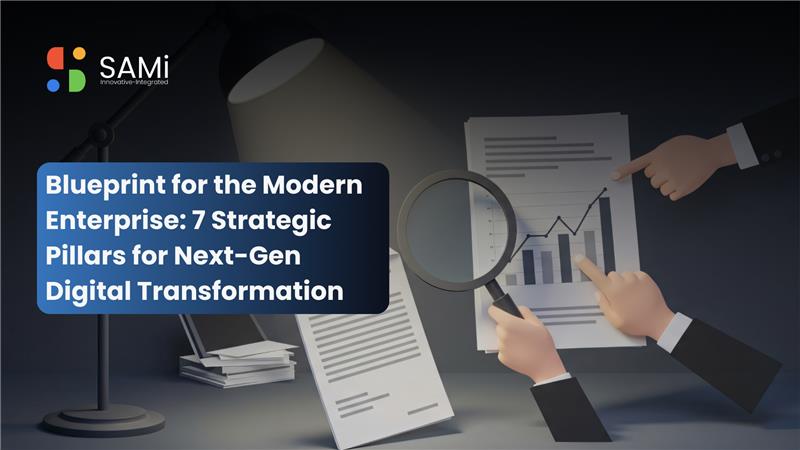What is an API?
Application Programming Interface (API) is a software interface that enables two software to communicate with each other with zero user intervention. A set of definitions and protocols help the interface with communication. It makes data exchange and functioning of applications easy and secure.
This integration of two software platforms is crucial in accelerating innovation in application development. An app developer can use the existing information and develop an app, without having to build everything from scratch. This saves a lot of time and money.
Example: While we search for flights online the application interacts with the airline’s website to fetch the details.
Types of APIs
There are four common types of APIs. They are:
- Open APIs:- These are open source APIs available for any user to access data and information. These are accessed with HTTP protocols.
- Internal APIs: These are exactly opposite to open APIs. Internal APIs can be accessed by only internal applications of an organizational entity. The users within an enterprise can access this API. For example, only users from a particular company can access their payroll data.
- Composite APIs: These APIs are a combination of two or more APIs. They are used to improve the performance and speed of the execution process. Some complex API-related issues can be addressed with these APIs and overall performance can be enhanced.
- Partner API: These APIs are only accessible to selected developers or API consumers. They need specific licensing and rights to access this information. These APIs have stronger authentication and security mechanisms. The organization does not generally monetize these APIs directly.
API Protocols and Architectures
The exchange of data that takes place within two software platforms calls for clearly written rules and protocols. These are essential to communicate in a standardized manner.
There are four types of protocols followed:
- Simple Access Object Protocol (SOAP): This type of protocol enables the exchange of data through SMTP and HTTP. SOAP simplifies sending and receiving information between apps that are functioning in different environments and languages.
- XML-RPC: This type of protocol uses a specific type of XML to transfer data to another application, unlike SOAP. It is way older than SOAP but uses less bandwidth to function.
- JSON-RPC: This is a different kind of remote procedure call (RPC) that uses the language JSON instead of XML. Though they contain multiple parameters they expect only one result.
- REST: The Representational State Transfer (REST) is the most commonly used architecture. It works on a client-server approach that comes with considerable flexibility. REST APIs are normally called REST-ful APIs and exchange data through intermediate channels like API gateways.
Benefits of APIs
- Accelerates Innovation: When an app developer gets access to existing information through APIs, the process of building an application becomes easier and faster. This drives them to come up with better solutions and offer new services.
- Data Monetisation: This is one of the most important aspects of APIs. Though most companies offer APIs for free, some crucial data can be monetized to build better integration among applications.
- Security: Since the exchange of information can cause issues with security, APIs have a layer of protection like signatures, tokens, etc. This ensures data exchange with protection and efficient integration.
- Better Collaboration: APIs ensure seamless communication and automated workflow. This lays the foundation for improved collaboration and efficient production in many ways. The very lack of this might lead to compromise of performance.
Wrap Up
Nowadays APIs have grown in terms of their importance exponentially. They are treated as products and no longer seen as just codes. They are way more standardized to be developer friendly and are structured in a way users can expect certain kinds of performance and lifecycle. With the number of apps that are being developed, API is soon to become a layman’s term.





